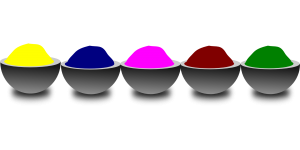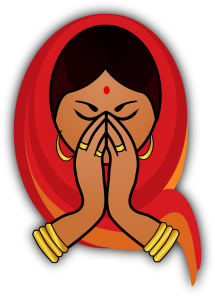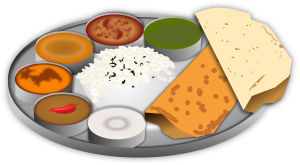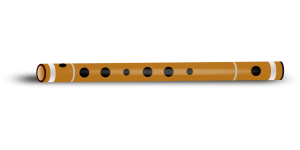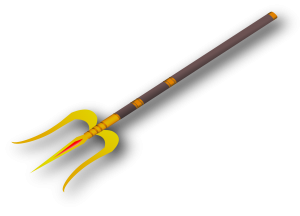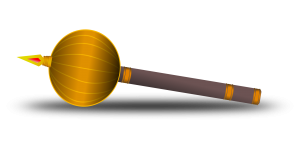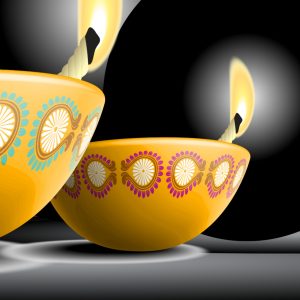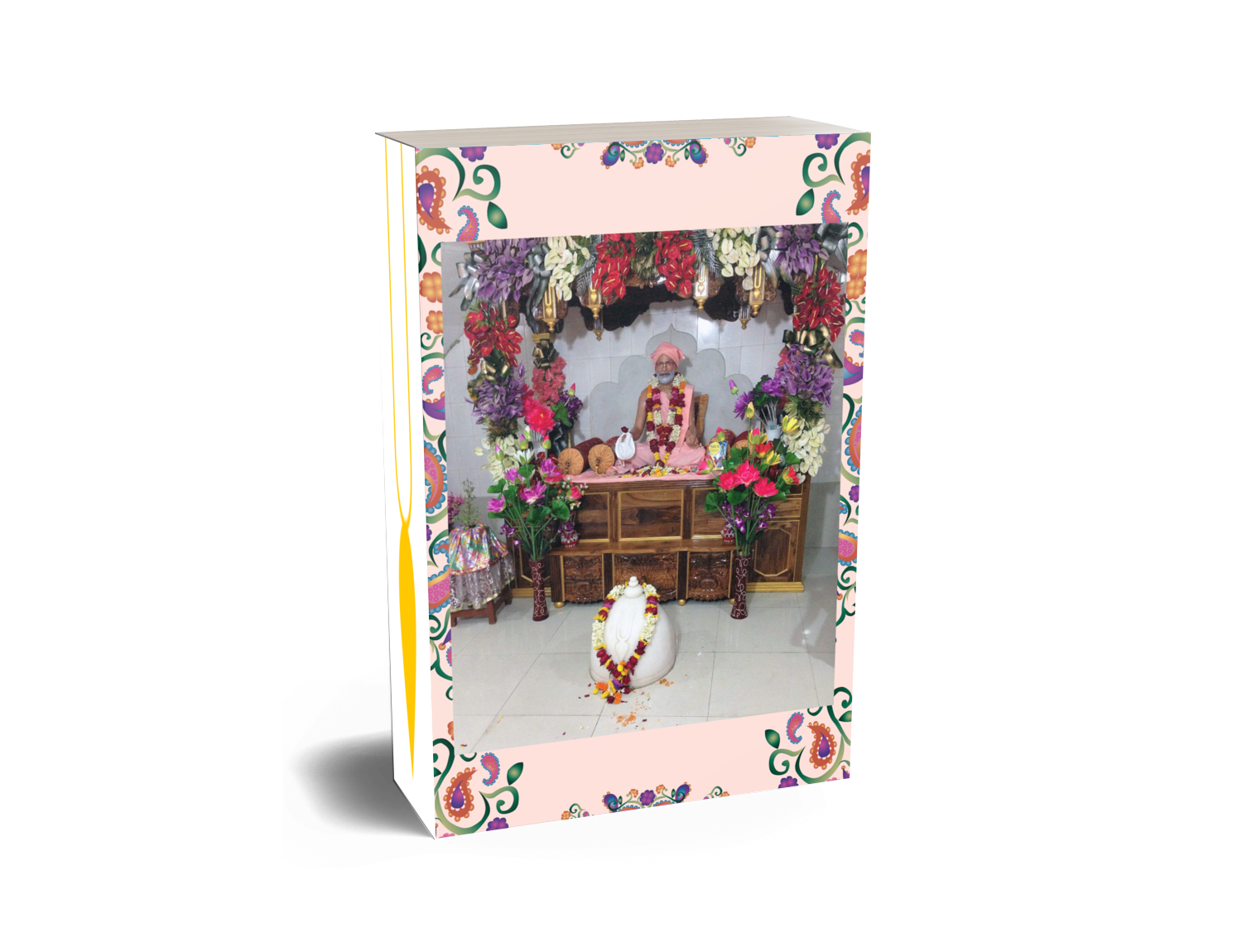

The following is an excerpt from Śrīla Bhaktivedānta Svāmī Mahārāja’s purport to Śrīmad-Bhāgavatam 7.3.18
It appears that the soul can exist even through the bones, as shown by the personal 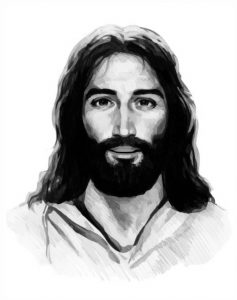 example of Hiraṇyakaśipu. When great yogīs are in samādhi, even when their bodies are buried and their skin, marrow, blood and so on have all been eaten, if only their bones remain they can exist in a transcendental position. Very recently an archaeologist published findings indicating that Lord Christ, after being buried, was exhumed and that he then went to Kashmir. There have been many actual examples of yogīs’ being buried in trance and exhumed alive and in good condition several hours later. A yogī can keep himself alive in a transcendental state even if buried not only for many days but for many years.
example of Hiraṇyakaśipu. When great yogīs are in samādhi, even when their bodies are buried and their skin, marrow, blood and so on have all been eaten, if only their bones remain they can exist in a transcendental position. Very recently an archaeologist published findings indicating that Lord Christ, after being buried, was exhumed and that he then went to Kashmir. There have been many actual examples of yogīs’ being buried in trance and exhumed alive and in good condition several hours later. A yogī can keep himself alive in a transcendental state even if buried not only for many days but for many years.

The following is an excerpt from Śrīla Bhaktivedānta Svāmī Mahārāja’s purport to Śrīmad-Bhāgavatam 10.4.20
The spiritual master, or ācārya, is always situated in the spiritual status of life. Birth, death, old age and disease do not affect him. According to the Hari-bhakti-vilāsa, therefore, after the disappearance of an ācārya, his body is never burnt to ashes, for it is a spiritual body. The spiritual body is always unaffected by material conditions.

The following is an excerpt from Śrīla Bhaktivedānta Nārāyaṇa Mahārāja’s book Discerning the True Sentiments of the Soul
Actually, there are two processes. In one process, if a devotee is qualified in all bhakti principles, as were Vijaya Kumāra in Jaiva-dharma or Parīkṣit Mahārāja in the Śrīmad-Bhāgavatam, he can minimize his dress and take ḍor and kaupīna himself; there is nothing wrong in this.
For example, Rāmānuja took initiation from a guru of low caste who was a disciple of Yamunācārya, and later Rāmānuja wanted to take the renounced order from Yamunācārya himself. When he reached Śrī Raṅgam, he saw that Yamunācārya had just left this world, and his divine body was coming in procession for being given samādhi. He saw that three fingers of Yamunācārya’s hand were closed. He asked some other disciples of Yamunācārya why this was so, but they could not answer. He then promised, “I will take sannyāsa here, from him. Just now I am taking sannyāsa.” And at that moment one of his gurudeva’s fingers relaxed and opened. Then he promised, “I will write a commentary on Vedānta.” The second finger became relaxed. Then he promised, “I will preach pure bhakti and I will write many bhakti books,” and at once the third finger relaxed and opened. He thus accepted Yamunācārya as his sannyāsa-guru, knowing, “My gurudeva did not die; he is eternal.”
A bona fide, qualified guru never dies. You can know that your Prabhupāda, Śrīla 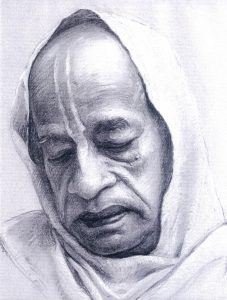 Bhaktivedānta Svāmī Mahārāja, has not died, and Śrīla Prabhupāda Bhaktisiddhānta Sarasvatī Ṭhākura has also not died. Thus Rāmānuja took sannyāsa from Yamunācārya after Yamunācārya’s departure from this world. Similarly, why can’t Śrīla Prabhupāda Bhaktisiddhānta Sarasvatī Ṭhākura take the renounced order from Gaura Kiśora dāsa Bābājī Mahārāja, from his photo, after his departure? Śrīla Gaura Kiśora dāsa Bābājī Mahārāja had disappeared from the world’s vision by that time, but he is eternal. And Śrīla Prabhupāda took the siddha-praṇālī, ekādaśa moods (the eleven moods), and siddha-deha, from Śrīla Bhaktivinoda Ṭhākura. This is not wrong; it is in the line of guru-paramparā.
Bhaktivedānta Svāmī Mahārāja, has not died, and Śrīla Prabhupāda Bhaktisiddhānta Sarasvatī Ṭhākura has also not died. Thus Rāmānuja took sannyāsa from Yamunācārya after Yamunācārya’s departure from this world. Similarly, why can’t Śrīla Prabhupāda Bhaktisiddhānta Sarasvatī Ṭhākura take the renounced order from Gaura Kiśora dāsa Bābājī Mahārāja, from his photo, after his departure? Śrīla Gaura Kiśora dāsa Bābājī Mahārāja had disappeared from the world’s vision by that time, but he is eternal. And Śrīla Prabhupāda took the siddha-praṇālī, ekādaśa moods (the eleven moods), and siddha-deha, from Śrīla Bhaktivinoda Ṭhākura. This is not wrong; it is in the line of guru-paramparā.

The following is an excerpt from Śrīla Bhaktivedānta Nārāyaṇa Mahārāja’s book Śrī Vraja-maṇḍala Parikramā
Śrī Gopāla-guru Gosvāmī’s place of bhajana is situated within Dhīra-samīra. Śrī Vakreśvara Paṇḍita was one of Śrīman Mahāprabhu’s well-known associates. In his last days, he became so distressed in separation from Śrī Kṛṣṇa that in the eyes of worldly people he left his material body. Sometime later his dear disciple Śrī Gopāla-guru Gosvāmī also left this material world. His beloved disciple Dhyānacanda Gosvāmī was also a most learned and topmost rasika bhakta. During his time, government officials committed some atrocities against the Rādhā-Kānta Maṭha and the bhajana-kuṭī of Haridāsa Ṭhākura in Purī. This caused him great sorrow. At that time, a Vaiṣṇava from Vṛndāvana gave him the following news: “Why are you so worried? We have seen your gurudeva, Śrī Gopāla-guru Gosvāmī, performing bhajana at Dhīra-samīra. Go to him. He will settle everything.” Hearing this, Dhyānacanda Gosvāmī became very joyful and immediately travelled on foot to Vṛndāvana.
Dhyānacandra Gosvāmī reached Vṛndāvana within a few days and upon entering Dhīra-samīra, he became astonished to see Śrī Gopāla-guru Gosvāmī with chanting-beads in his hand, submerged in ecstasy as he chanted nāma-saṅkīrtana. A constant flow of tears streamed from his eyes as he remembered various pastimes. Śrī Dhyānacandra fell at his feet like a rod and began to cry. He begged him to return to Purī-dhāma. Śrī Gopāla-guru 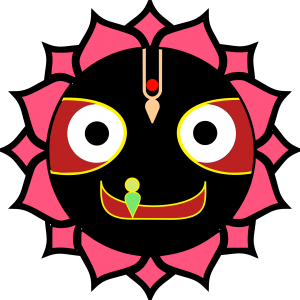
Gosvāmī refused to go in person but said, “Return to Purī without anxiety. The disturbance of the government officials will end forever.” By his order, Dhyānacandra Gosvāmī returned to the Rādhā-Kānta Maṭha in Purī, where the government officials repeatedly apologised to him for their deeds.
This is that same Dhīra-samīra where Śrī Dhyānacandra Gosvāmī had direct darśana of Śrī Gopāla-guru Gosvāmī’s unmanifest transcendental form. Dhīra-samīra gives transcendental bliss to the devotees. Even today, it treasures all these pastimes in its heart.

The following is an excerpt from Śrīla Bhakti Vijñāna Bhāratī Mahārāja’s book My Beloved Masters
A few of Śrīla Prabhupāda’s sannyāsa disciples, namely Śrīla Siddhāntī Gosvāmī Mahārāja, Śrī Śrīmad Bhakti Viveka Bhāratī Gosvāmī Mahārāja, Śrī Śrīmad Bhakti Suhṛt Paramārthī Gosvāmī Mahārāja, and Śrī Śrīmad Bhakti Prāpaṇa Daṇḍī Gosvāmī Mahārāja, were not interred with samādhi burials. Instead, for whatever reasons, they instructed their disciples to cremate their divine bodies. Sometime after Śrīla Siddhāntī Gosvāmī Mahārāja’s body was cremated, his disciples established his puṣpa-samādhi at his maṭha in Śrī Jagannātha Purī.
On behalf of King Pratāparudra, Śrī Nityānanda Prabhu repeatedly requested Śrīman 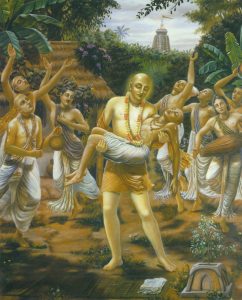 Mahāprabhu to award His darśana to the king, but the Lord firmly refused. However, Śrī Nityānanda Prabhu convinced Him to at least bestow a set of His used clothes upon the king as an alternative. Upon receiving those garments, King Pratāparudra treated them as non-different from Śrīman Mahāprabhu and accorded them the greatest honour and respect.
Mahāprabhu to award His darśana to the king, but the Lord firmly refused. However, Śrī Nityānanda Prabhu convinced Him to at least bestow a set of His used clothes upon the king as an alternative. Upon receiving those garments, King Pratāparudra treated them as non-different from Śrīman Mahāprabhu and accorded them the greatest honour and respect.
Just as Śrīman Mahaprabhu’s clothes are non-different from Himself, the divine bodies of His realized devotees and the items they used are similarly non-different from those devotees themselves. Such objects remain equally worshipful and worthy of respect even after they enter nitya-līlā.
Image/Art made possible by Pixabay.com & Krishnapath.org

